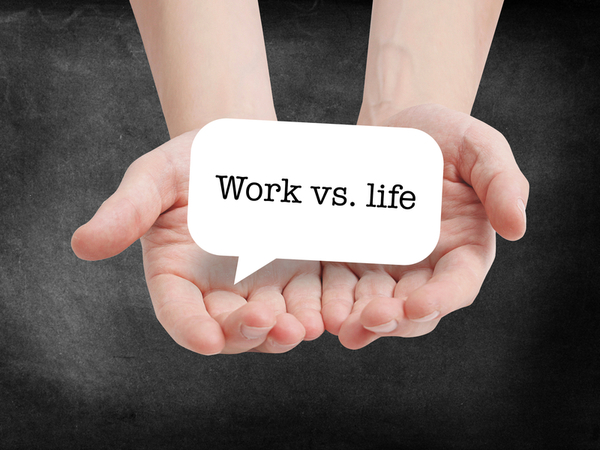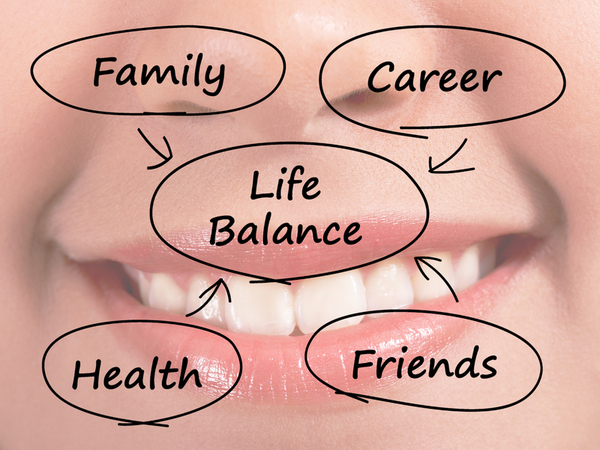mproving your Work/Life Balance
 1. Taking Stock of Your Work/Life Balance
1. Taking Stock of Your Work/Life Balance
Do you fill your life with many activities and then find it’s tricky getting a good balance between them? Getting the balance right can provide you with tremendous payback, but where does this balance lie? You want to feel fulfilled and in harmony with yourself and your world. You know finding a balance is good for you, and also impacts positively on your family, friends, and coworkers. This course highlights techniques you can use to analyze your current level of balance between work and life responsibilities. It covers ways to assess your current work/life balance and overcome internal and external obstacles to achieving balance. Only through properly understanding where you are, in relation to where you want to be, can you begin to construct a map that will take you to your objective of a balanced, fulfilled life.
- recognize common symptoms of an out-of-balance life
- recognize the benefits of achieving a healthy work/life balance
- identify the elements to analyze when assessing your work/life balance
- identify elements of a technique to effectively balance the demands of work and your private life
- identify examples of internal and external obstacles
- identify the actions to take to overcome an external obstacle in a given scenario
2. Staying Balanced in a Shifting World
You have the knowledge to assess current work/life balance and overcome internal and external obstacles to achieving balance. You know where you are and where you want to be, but now what? How do you achieve and maintain that balance? How will it be affected by external factors and behaviors? This course will focus on techniques for maintaining work/life balance. It includes recognizing the behaviors of passiveness, aggressiveness, and assertiveness and how those affect a person’s ability to find balance in life. Techniques that can be used to achieve and preserve balance are also discussed. Materials designed to support blended learning activities aligned with this course are available from the Resources Page.

- identify the benefit of simplifying your life
- recognize actions you can take to simplify your life
- differentiate between examples of passive, aggressive, and assertive behaviors
- sequence examples of the steps to communicate assertively and set your limits
- recognize how to reframe a situation
3. Take a Deep Breath and Manage Your Stress
If you find you’re constantly adding items to your never-ending to-do list, feeling overwhelmed at work and at home, and finding your health and relationships negatively impacted, you are likely experiencing stress. Stress is produced by your own feelings and reactions to certain external events, rather than by the events themselves. This means that while you may not always be able to control the external events causing you stress, you can control your reactions to them and how you handle them. This course explains the physiological, behavioral, and psychological signs and symptoms of stress and where is can come from. The course outlines strategies for dealing with stress and avoiding burnout. It also covers ways to change your responses to stress and make them more positive and how to use relaxation techniques such as breathing and mediation to help you cope.
- recognize how stress can negatively impact on your health
- recognize key concepts about stress
- identify the main characteristics and symptoms of burnout
- recognize examples of actions and strategies to cope with stress and prevent full-blown burnout
- sequence examples of the steps of the ABC model used to control stress
- use the ABC model to manage your reaction to a stressful situation and challenge irrational thoughts


